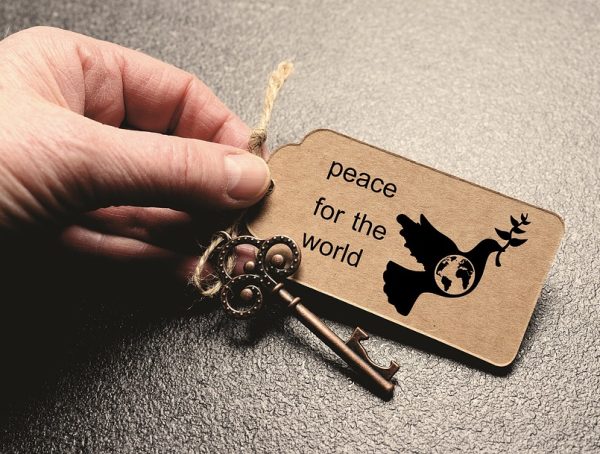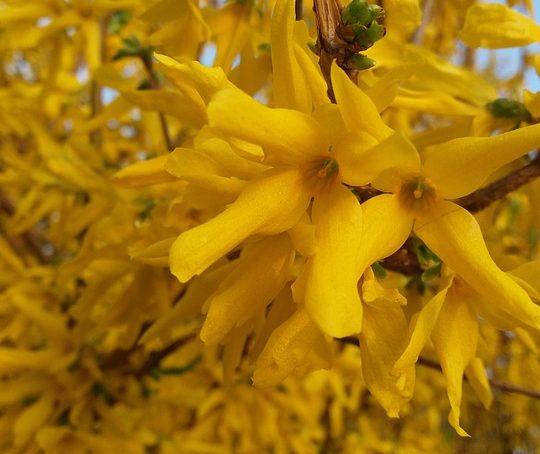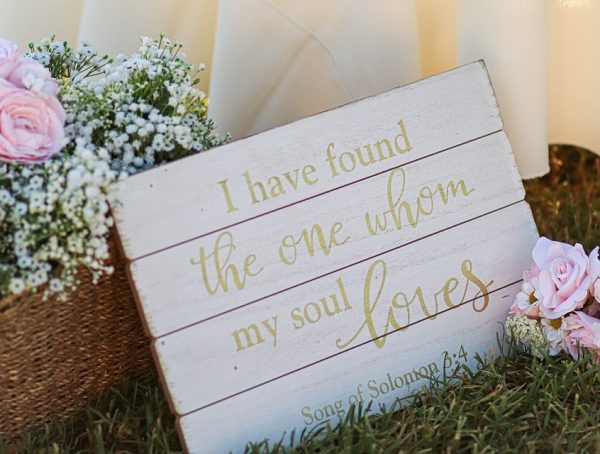From Protest to Popularity: The Story of the Peace Symbol
The peace symbol—one of the most recognizable logos in the world—serves as a powerful emblem of hope, resistance, and unity. With its simplistic design of a circle intersected by three lines creating a downward figure, the peace symbol has traveled through tumultuous times, evolving from a protest icon to a symbol woven into the fabric of popular culture.
The Birth of a Symbol
The peace symbol was created in 1958 by British nuclear disarmament campaigner Gerald Holtom for the Campaign for Nuclear Disarmament (CND). This was a time when the world was deeply grappling with the ramifications of nuclear weapons. The design, a composite of the semaphore signals for "N" and "D" (representing Nuclear Disarmament), encapsulates a universal longing for peace.
Holtom drew inspiration not just from the political climate but also from a deep emotional desire for harmony. His design quickly gained traction, and soon it became the face of the anti-nuclear movement. During the 1960s, as the Vietnam War escalated, the symbol transitioned into a broader representation of peace and was adopted by various movements advocating for civil rights, feminism, and social justice.
Rise to Popularity
By the 1960s, the peace symbol transcended its original context and connected with the burgeoning counterculture movement. As music festivals and protests erupted, it became a hallmark of a generation seeking change. Artists, musicians, and activists alike adopted the symbol, turning it into an enduring badge of rebellion and creative expression. From the iconic Woodstock festival to the albums of influential figures like John Lennon, the peace symbol echoed through music and art, establishing itself as a cultural touchstone.
It was during this era that the symbol began to seep into everyday life. Fashioned onto clothing, stickers, and posters, its message resonated with millions who craved a world devoid of conflict. As time wore on, the peace sign began to occupy a dual identity: while still holding its roots in protest, it gradually evolved into a trendy emblem celebrated in pop culture.
The Symbol Today
Fast forward to today, the peace symbol remains ubiquitous in social media, fashion, and art. It has also become a staple of various movements promoting social justice, environmentalism, and activism. The intersectionality of its meaning gives it a fresh vibrancy; it stands not just for peace but also for inclusivity, awareness, and resilience.
Even as contemporary issues shift—be it climate change, racial injustice, or gender equality—the peace symbol adapts. It serves as a reminder that, despite divisive times, there’s a collective yearning for a world rooted in understanding, respect, and unity.
Action Steps for Readers
Given the peace symbol’s potent history, we too can take action and bring its ideals into our lives. While many recognize the symbol, not everyone engages with its underlying messages. Here are some actionable steps anyone can take to foster peace in their lives and communities:
-
Educate Yourself and Others: Start by educating yourself about global and local issues. Use the peace symbol as a conversation starter with friends, family, or on social media to inspire discourse. Understanding the historical and current contexts of conflict and peace can drive more thoughtful action.
-
Practice Mindfulness: Peace begins within. Engage in daily mindfulness activities such as meditation, yoga, or journaling. These practices help ground you and cultivate inner peace, which can ripple out into your surroundings.
-
Engage in Nonviolent Activism: Participate in local activism that aligns with your passions, whether it be organizing peaceful demonstrations, volunteering with NGOs, or writing to local representatives. Advocate for causes that promote justice and positive change.
-
Create a Peace-Friendly Environment: Surround yourself with symbols of peace in your home—be it artwork, décor, or plants. Filling your space with positive reminders can encourage a peaceful mindset.
-
Promote Dialogue: Create or participate in community forums that focus on reconciliation and open discussions about differences in opinion. Empathy and understanding can emerge when dialogues are encouraged.
-
Support Organizations Fighting for Peace: Consider donating to or volunteering for organizations that work for disarmament, social justice, or conflict resolution. Contributing your time or resources can make a tangible difference.
- Spread the Message of Peace: Utilize social media platforms to share content focused on positivity and peace. Create art, write phrases or poems, or curate a collection of impactful peace-related quotes.
Conclusion
From its origins during a politically charged era to its current status as a global symbol of hope, the peace symbol holds powerful significance. It beckons us to be active participants in the ongoing fight for justice, unity, and love. By taking conscious action, each of us can contribute to a healthier, more peaceful world.
Let this symbol inspire not only our thoughts and words but also our deeds. The journey from protest to popularity of the peace symbol emphasizes the collective energy we possess as individuals when we choose to stand together for the greater good.
As you venture down this path of peace, remember: “Peace begins with a smile.” – Mother Teresa.
And if you enjoyed this content and seek more inspiration, don’t forget to follow Kevin Steineman on Instagram @KSteineman. Your journey toward positivity and balance is just a follow away!
You might also like
More from Mindfulness
Where Peace Resides: Nature Quotes for Stillness
Where Peace Resides: Nature Quotes for Stillness In a world of incessant noise and relentless activity, finding moments of tranquility can …
A Collection of 35 Short Peace Quotes for Everyday Life
A Collection of 35 Short Peace Quotes for Everyday Life In the hustle and bustle of modern life, it’s easy to …
30 Short Quotes That Will Bring You Inner Peace
30 Short Quotes That Will Bring You Inner Peace In the hustle and bustle of everyday life, finding inner peace can …


































